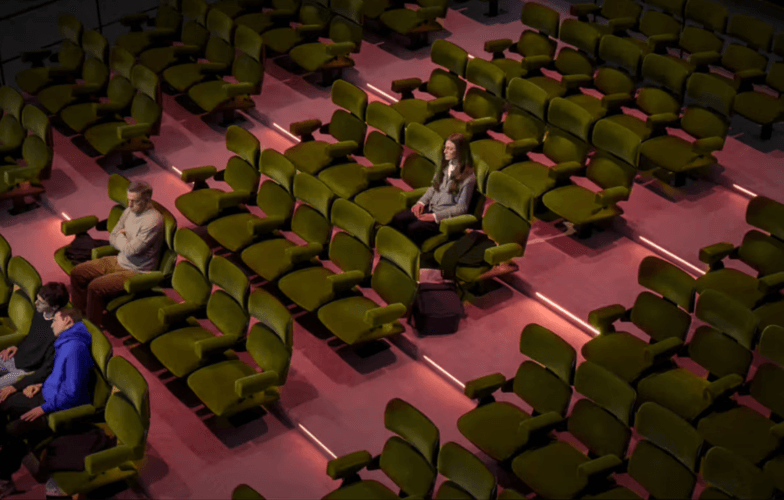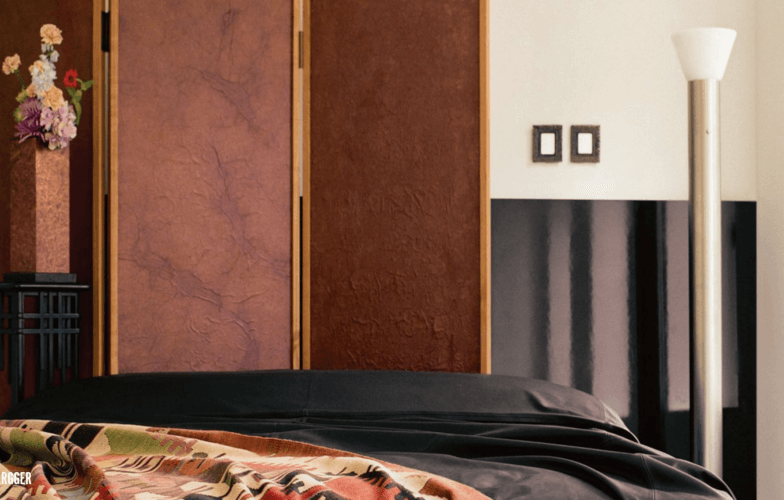
How Acoustics Shape Our Well-Being and Emotions
How do sounds shape our emotions every day, often without us even noticing? In this exclusive interview, Anjali Morard, Psychoacoustic Research Coordinator at Ircam Amplify, explains how sound influences our perceptions, impacts our moods, and how today it is becoming a key tool to enhance customer experience and support mental well-being.
Could you introduce yourself in a few words please?
My name is Anjali Morard, and I’m the Psychoacoustic Research Coordinator at Ircam Amplify. I have an undergraduate degree in Human Biology and a master’s in Psychology from Stanford University, and I completed my PhD work in Psychology and Behavioral Neuroscience at McGill University. My doctoral research focused how emotion in music is perceived by adults, children and children with autism.
Since then, I’ve held several research positions exploring how we perceive a wide range of sounds, from subtle shifts in frequency and brief gaps of silence to more complex auditory features like rhythm and emotion in speech. I’ve published over 25 scientific papers on perception of music, speech, and other sounds. In 2023, I joined the team at Ircam Amplify.
What does Ircam Amplify do? For whom? Why is it important now?
Ircam Amplify creates unique and immersive sound experiences by blending cutting-edge research in psychoacoustics and AI-driven sound design with artistic creativity, design expertise, and scientific methodology. From spatialized soundscapes in retail spaces to tailor-made voice assistants and distinctive sonic identities, Ircam Amplify helps brands—especially in the luxury, automotive, entertainment, museum, and food & beverage sectors—craft sensorial audio experiences that resonate deeply with their audiences.
Sound plays a powerful, often subconscious role in shaping our moods and perceptions, yet it has long been the overlooked sense in product design and marketing. Ircam Amplify is changing that by bringing sound to the forefront of the customer journey, offering a scientific yet intuitive approach that allows brands to stand out emotionally and memorably in a saturated market—making their worlds not just visible, but audible.
• You specialise in psychoacoustics: could you explain what it consists of? What is the methodology that you apply to measure how humans perceive sound?
Psychoacoustics is understanding how the objective, measurable aspects of a sound (the ”acoustics”) are understood by our minds (the ”psycho” part). To explore this, we use different methods depending on what we want to understand.
In many of our projects, we’re interested in whether sounds are perceived as pleasant or unpleasant, and what kinds of emotions they evoke. The most straightforward way to measure this method is simply by asking listeners how they feel when they hear certain sounds.
We can also use physiological measures to get a deeper view of sound perception. For example, we can measure heart rate—both how fast it beats and how much it varies—to learn whether a sound is more exciting or calming. Another method is measuring skin conductance using small electrodes on fingers. When we are stressed or experiencing strong emotions, our fingers sweat ever so slightly, and this tiny change makes skin conduct electricity better. (Note that no electricity is applied, we’re just measuring!) This allows us to assess the intensity of a person’s emotional response without them having to say a word.
So how do sounds influence our emotions? Can you give examples?
Sound is everywhere—we’re surrounded by it all day long, often even without noticing. As mentioned earlier, many studies have shown that sound can affect our emotional state and mood even when we aren’t consciously aware of hearing it.
This includes background sounds like traffic or ventilation systems, noises made by the people around us, and even the tiny alerts from our electronic devices. We’ve conducted studies on how short notification sounds— like the ones from smartphones or washing machines—can have surprisingly strong effects on our emotions, even though they often last less than two seconds. For instance, we found that a repetitive, unchanging beep-beep-beep is generally unpleasant, while a short melody that rises in pitch and volume tends to be more pleasant.
While individual preferences vary, some reactions to sound are nearly universal. For example, rough sounds—those that seem bumpy or jagged, much like rough textures—are generally unpleasant. Very high-pitched sounds can also be grating, whereas natural sounds like wind, flowing water, and birdsong are generally calming and enjoyable.
Our sound designers draw on these universal principles, along their own artistic expertise and intuition to craft sounds that meet each client’s needs. On the research side, we can also evaluate a sound that a client already uses—testing it with consumers, analyzing the data, and providing recommendations for improvement.
What are some interesting applications for marketing and retail? What could / should brands do in the future to take advantage of that?
In a recent study with Fitness Park, we found that adding custom-designed music to their website led to a 7% increase in conversion rate, a 33% reduction in bounce rate, and up to a 45% increase in time spent on pages. This kind of effect isn’t limited to digital spaces—real-world environments benefit as well. Research has shown that well-designed music—and we emphasize well-designed as well as context-appropriate —can significantly enhance the customer experience in places like hotels, bars, restaurants, and retail spaces. In restaurants, for example, good music can even lead people to report that the food tastes better.
Sound also plays a critical role in product design. We often work on improving existing sounds to make them more pleasant or emotionally resonant—this could be motor noises, or mechanical movement. For example, the sound of a car door closing is carefully engineered not only to suggest quality and durability but, when appropriate, to convey a sense of luxury that aligns with the brand’s identity. Even packaging sounds—like the pop of a beverage can opening—have been the subject of scientific studies exploring how they could be optimized to enhance the sensory experience.
Similarly, as mentioned earlier in our work with notification sounds, well-designed user interface sounds can digital interactions more intuitive and enjoyable.
Because sound has such a powerful emotional and cognitive impact, it’s essential for brands across many different sectors to consider sound throughout the entire user journey, from marketing and customer engagement to product use and long-term brand perception.



